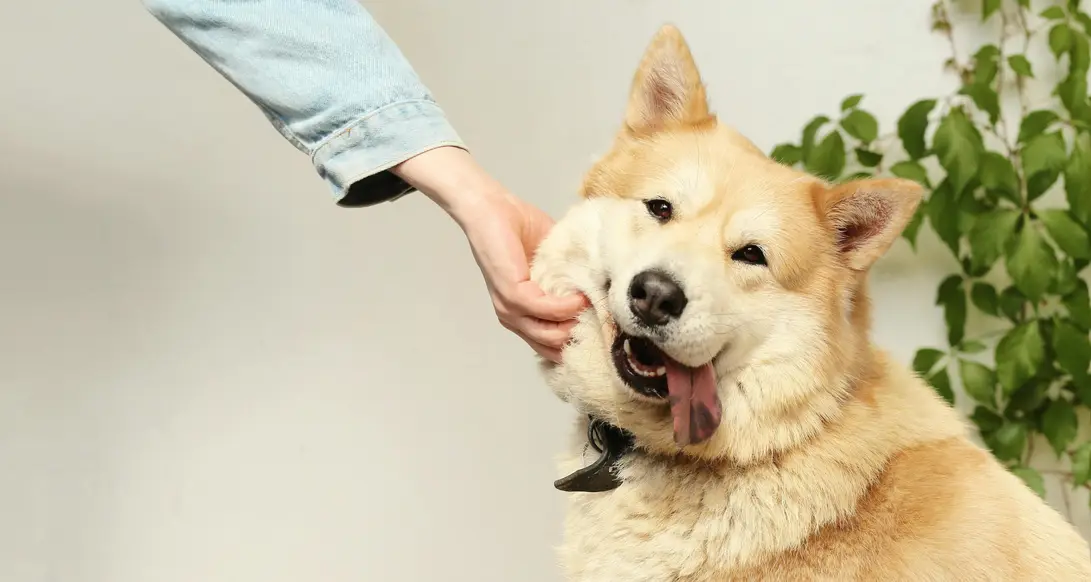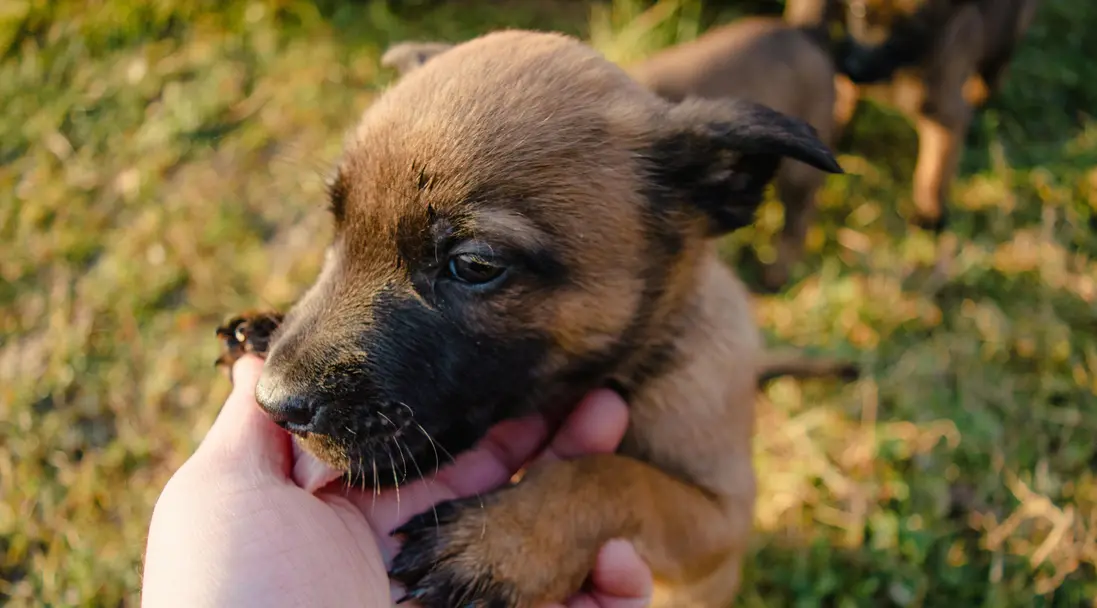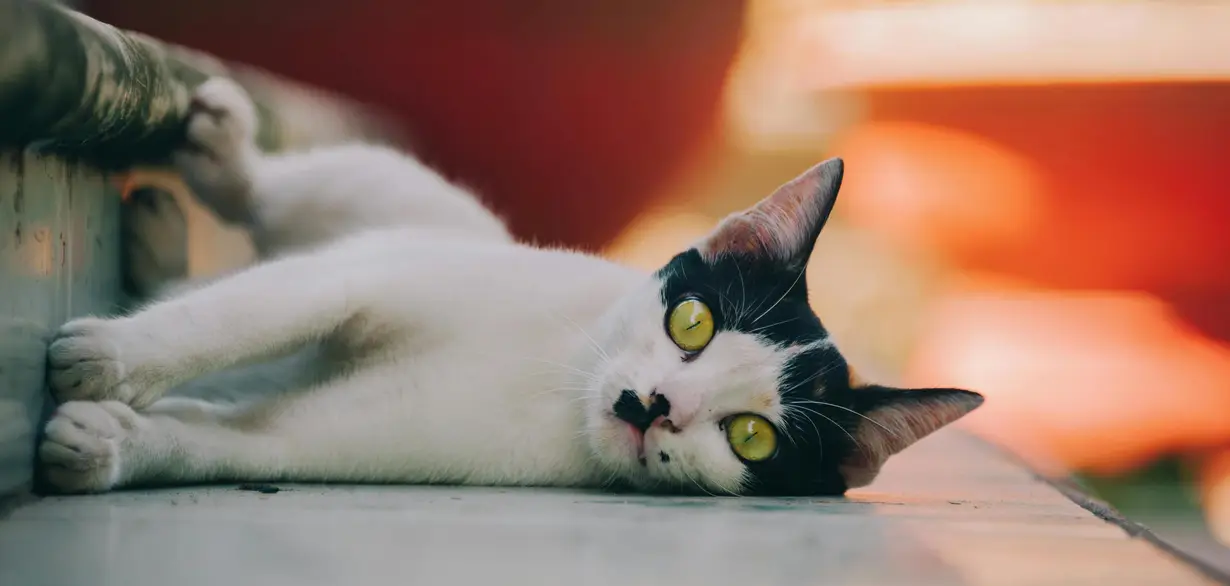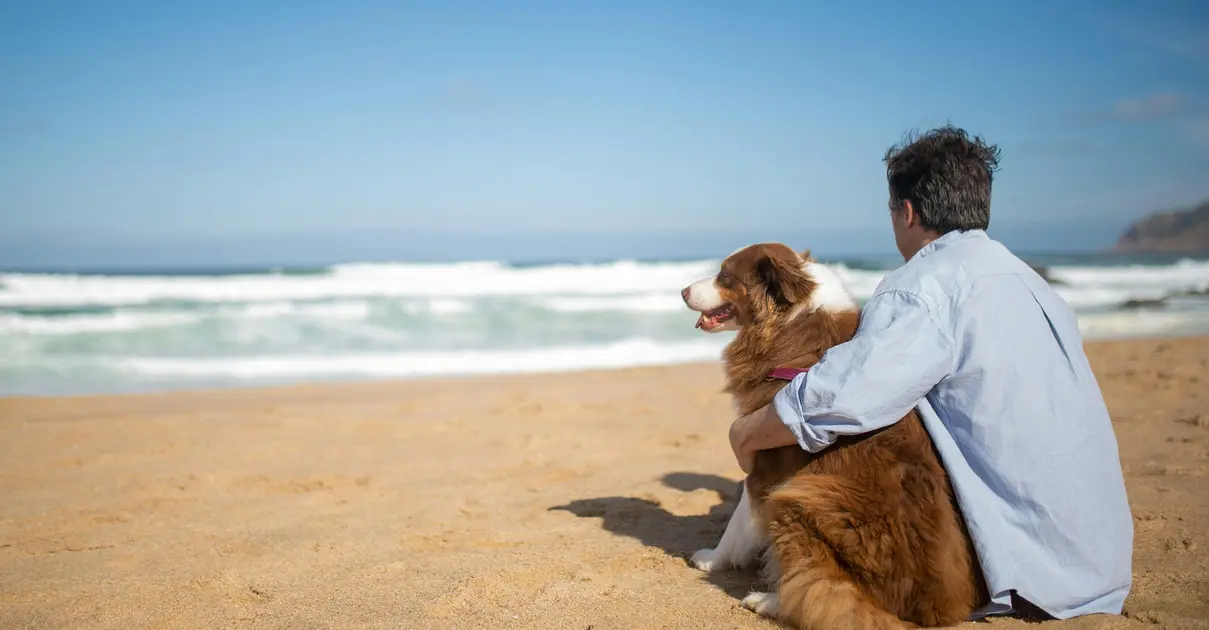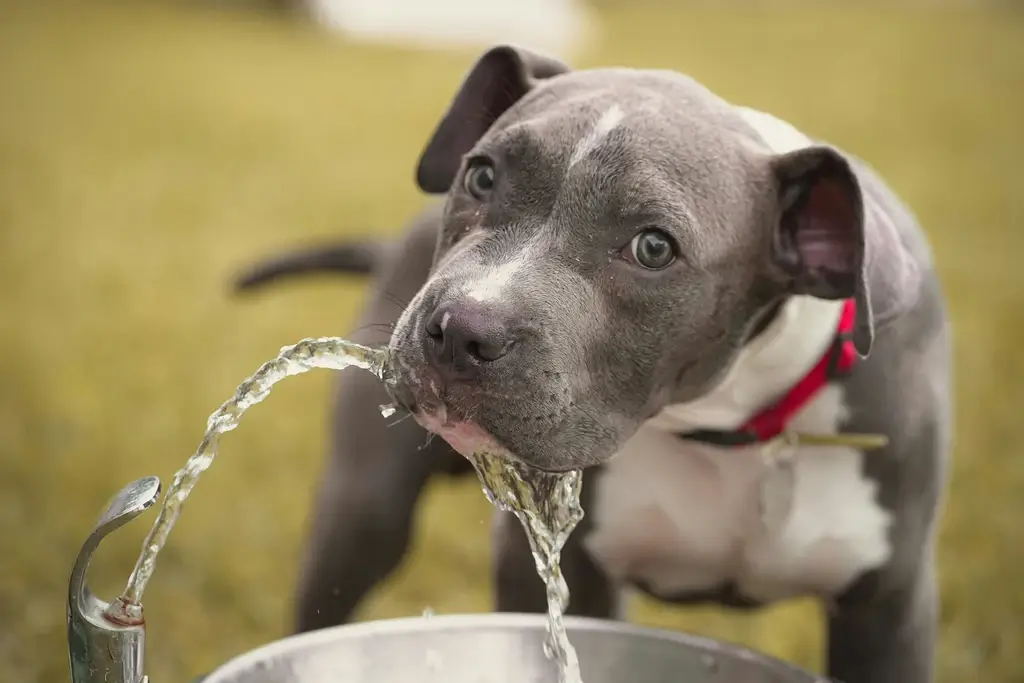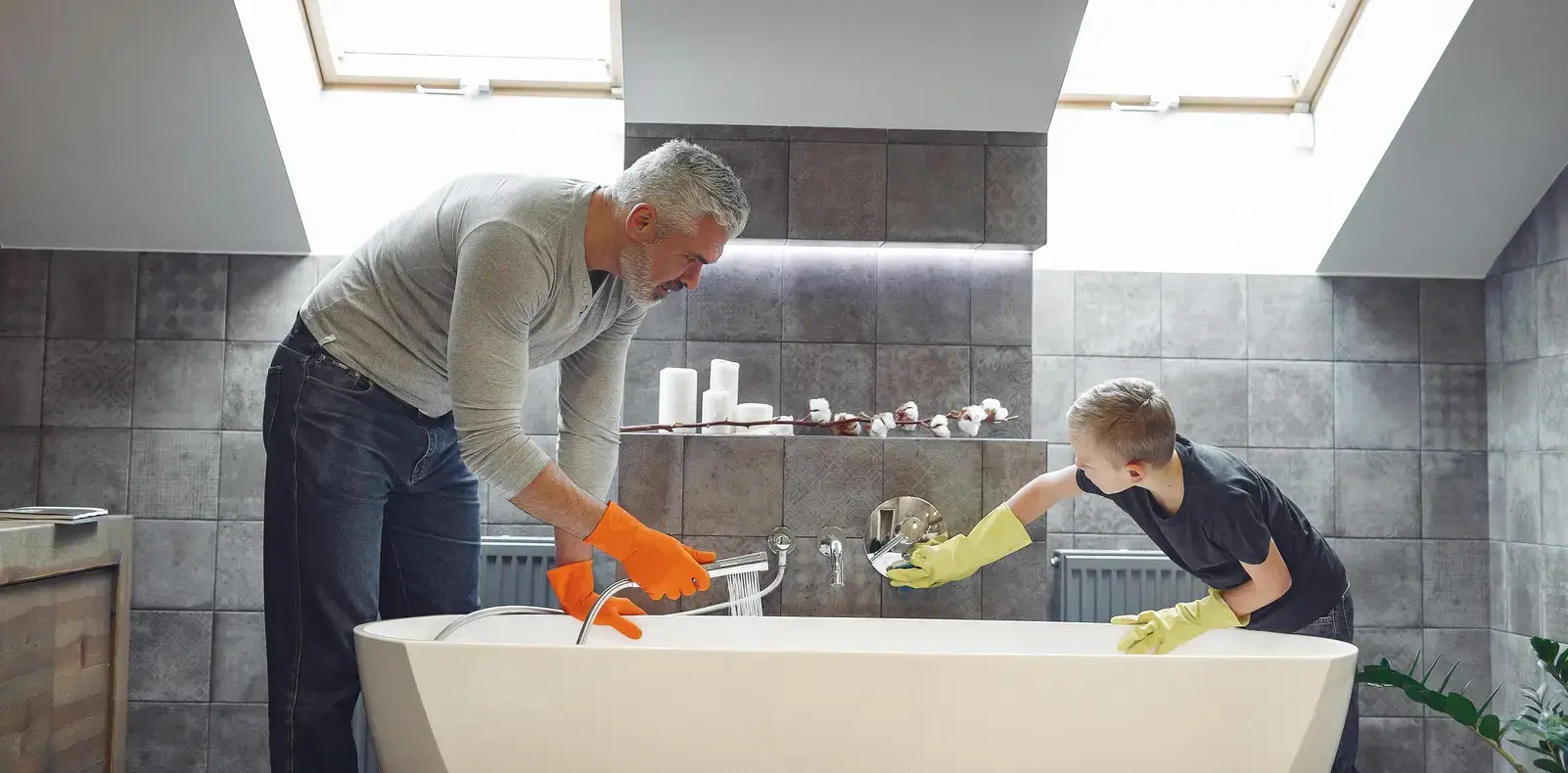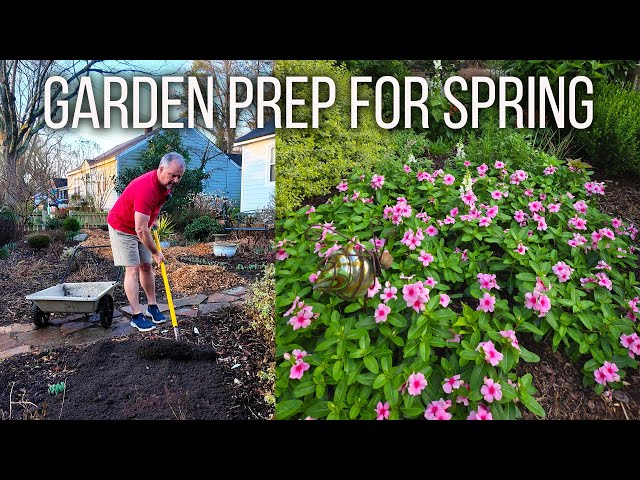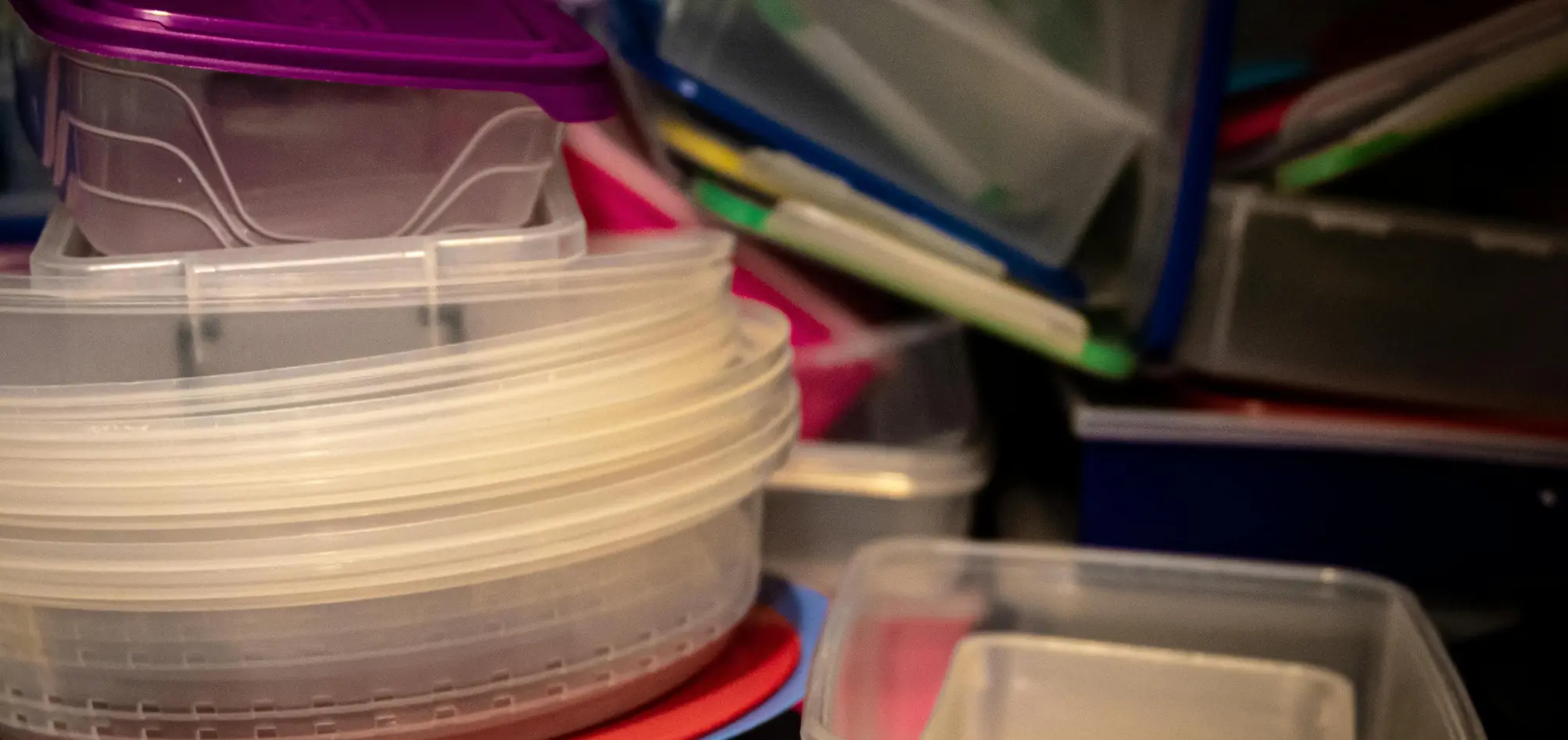Introduction
If you have a pet ferret, you know how playful and curious they can be. They love to explore their surroundings and need plenty of mental and physical stimulation to stay happy and healthy. One way to provide them with endless entertainment is by building a custom playground just for them. In this article, we will guide you through the process of creating a DIY ferret playground that will keep your furry friend entertained for hours on end.
Materials Needed
- Wire shelving units
- PVC pipes
- Zip ties
- Cardboard boxes
- Cardboard tubes
- Small plastic tunnels
- Blankets and towels
- Ferret-safe toys
Step-by-Step Instructions
Step 1: Plan and Design
The first step in creating a DIY ferret playground is to plan and design the layout. Consider the available space in your home and the preferences of your ferret. Sketch out a rough design of the playground, including different levels, tunnels, and hiding spots. This will help you visualize the end result and ensure that you have all the necessary materials.
Step 2: Assemble the Shelving Units
Wire shelving units make a great base for a ferret playground. They provide a sturdy structure and can be easily customized with various accessories. Assemble the shelving units according to the manufacturer’s instructions and arrange them in a way that allows for multiple levels and platforms.
Step 3: Add Tunnels and Hideouts
Using PVC pipes, cardboard boxes, and tubes, create tunnels and hideouts for your ferret to explore. Connect the pipes and tubes securely with zip ties to ensure they won’t come apart during play. Cut openings in the cardboard boxes to create entrances and exits for your ferret.
Step 4: Include Soft Surfaces
Ferrets love soft surfaces to nestle and burrow in. Place blankets, towels, and soft bedding on various levels of the playground. This will provide a cozy resting spot for your ferret and make the playground even more inviting.
Step 5: Add Toys and Enrichment
No playground is complete without toys and enrichment activities. Make sure to include a variety of ferret-safe toys, such as balls, tunnels, and interactive puzzles. Rotate the toys regularly to keep your ferret engaged and prevent boredom.
Step 6: Safety Considerations
When building a DIY ferret playground, it’s important to keep safety in mind. Ensure that all materials used are ferret-safe and non-toxic. Avoid using materials with small parts that could pose a choking hazard. Regularly inspect the playground for any loose or damaged parts and make necessary repairs.
Conclusion
Building a DIY ferret playground is a fun and rewarding project that will provide endless entertainment for your furry friend. By following these step-by-step instructions and considering your ferret’s preferences, you can create a custom play area that will keep your ferret happy and healthy for years to come.


